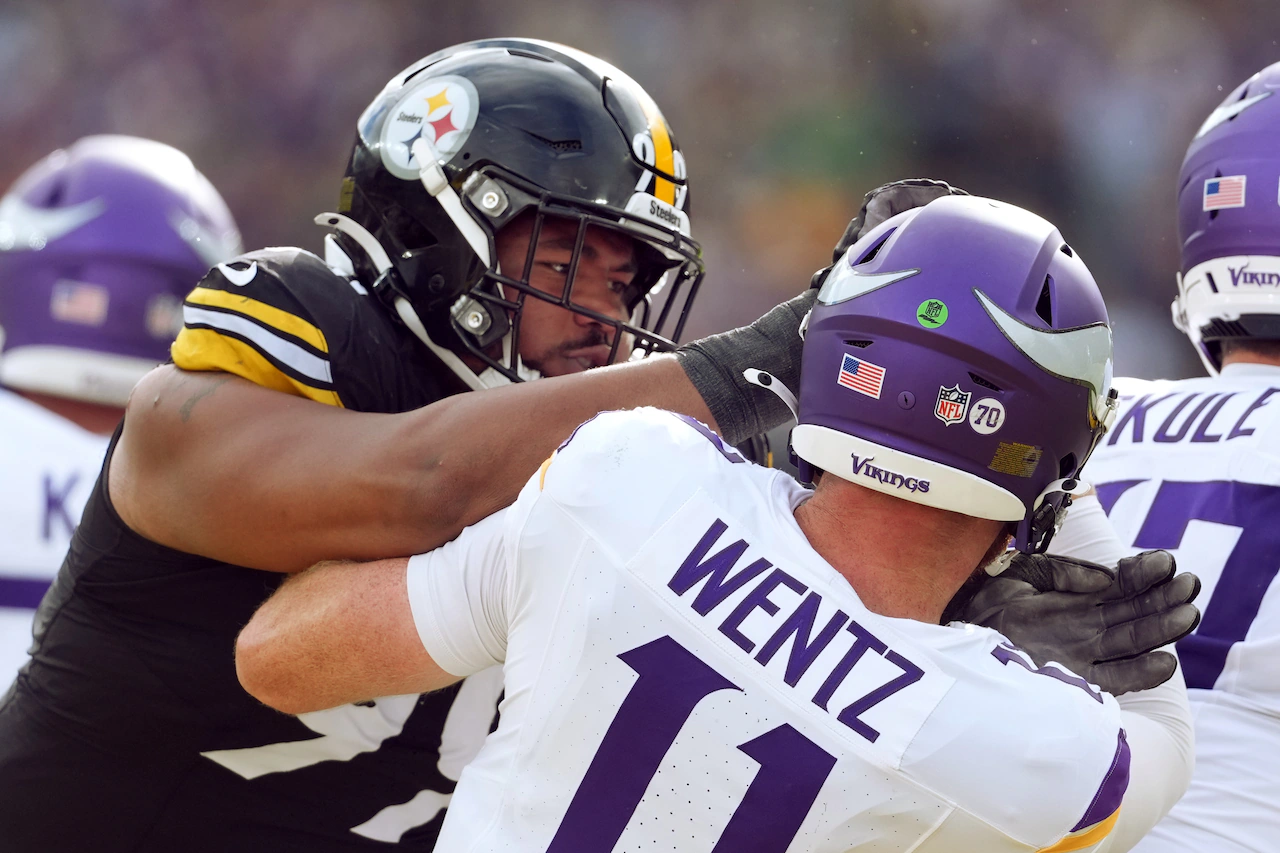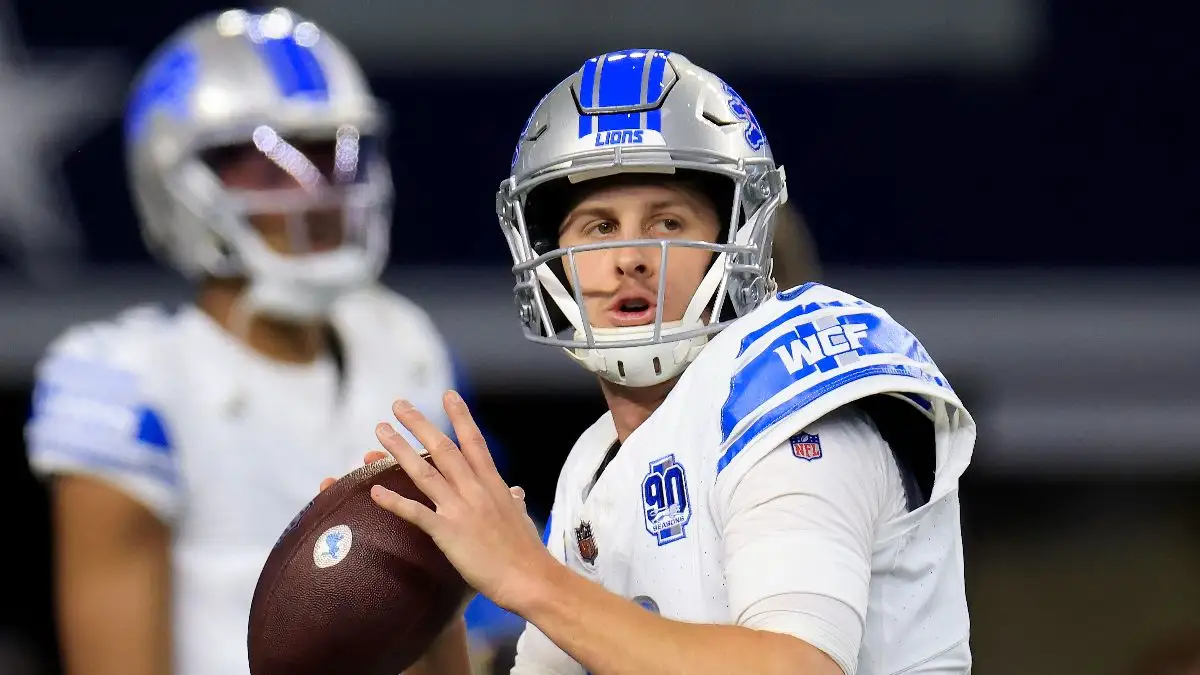‘Before the ball is even in our hands’: Carson Wentz breaks down the hidden mental war of NFL quarterbacks

CLEVELAND, Ohio —When most fans watch NFL quarterbacks on Sunday, they’re witnessing only half the story.
The dazzling throws, elusive scrambles, and bone-crushing hits make for great highlight reels, but according to Vikings veteran quarterback Carson Wentz, the true battle is often won or lost in the invisible moments before the center even snaps the ball.
“There’s a lot more than probably meets the eye,” Wentz said. “Everybody sees the physical, the performance in all of those things and the ability to throw a ball and take a hit or run fast, all those things, but I think there’s so much pre-snap that goes on.”
This mental dimension of quarterback play represents a game within the game—a strategic contest that unfolds in seconds but requires years of experience to master.
For Wentz, who has played in multiple offensive systems throughout his career, this cerebral aspect isn’t just a necessary evil; it’s the part of the job he cherishes most.
“That’s kind of the little chess game, so to speak, before the ball is even in our hands,” Wentz explained. “That I personally love, that I enjoy, and that I’ve embraced for the 10 years that I’ve been doing it.”
The pre-snap process involves a complex series of calculations and decisions: identifying defensive coverages, recognizing blitz packages, adjusting protection schemes, and potentially changing plays—all while the play clock ticks down and 70,000 fans scream. It’s problem-solving at warp speed, with massive defenders waiting to punish any mental error.
“There’s so much thinking that goes in before the ball is snapped that then leads to that execution, the physical performance side of things,” Wentz noted.
This perspective offers a new lens through which to view quarterback development. Young quarterbacks often struggle not because they lack physical tools but because they haven’t yet mastered the pre-snap recognition that allows them to unlock their physical gifts.
It explains why veteran quarterbacks can sometimes outperform more physically gifted rookies—they’re winning the game before the ball is snapped.
For fans accustomed to evaluating quarterbacks primarily on arm strength, mobility, or statistical output, Wentz’s insights invite a more nuanced appreciation of the position.
The quarterback who changes the protection scheme to pick up a blitz, checks into the perfect play against a certain coverage, or manipulates a safety with his eyes is demonstrating quarterback play at its highest level—even if those moments rarely make the highlight reel.
The discussion also illuminates why quarterback is widely considered the most difficult position in professional sports.
It combines the physical demands of throwing with precision and avoiding hits with the mental challenge of processing information at lightning speed and making split-second decisions with enormous consequences.
Wentz’s love for this “chess game” aspect of quarterbacking offers a window into what sustains elite players through the grind of an NFL season and career.
Beyond the physical toll, it’s the intellectual challenge—the constant puzzle-solving and strategic thinking—that continues to engage players even after a decade in the league.



